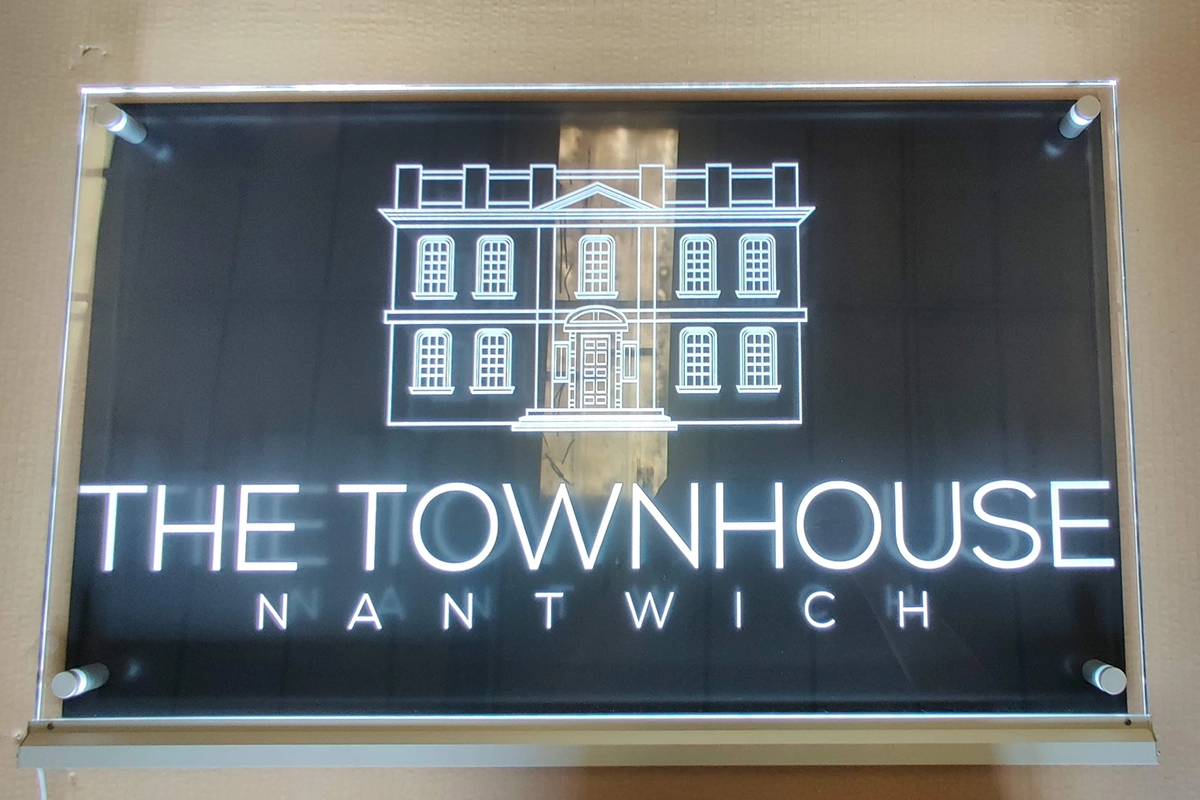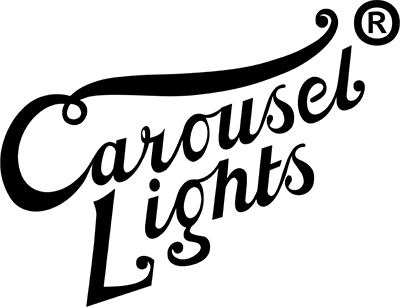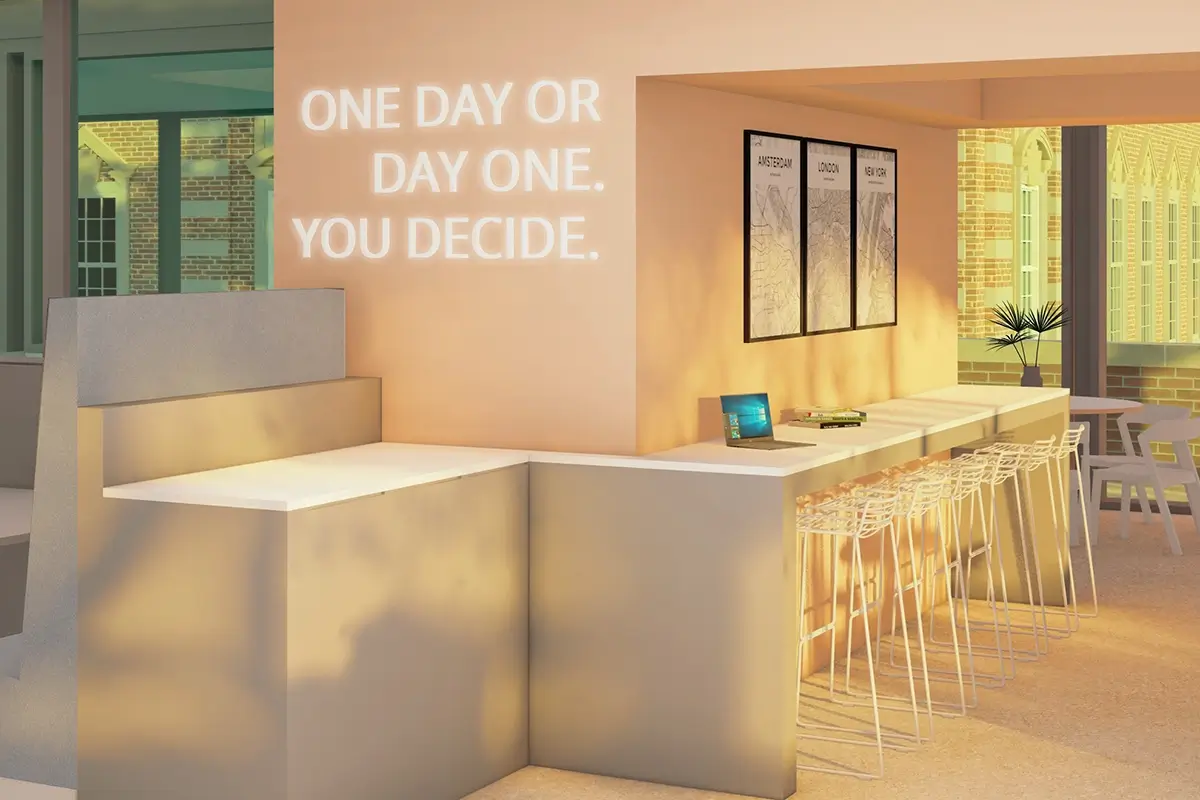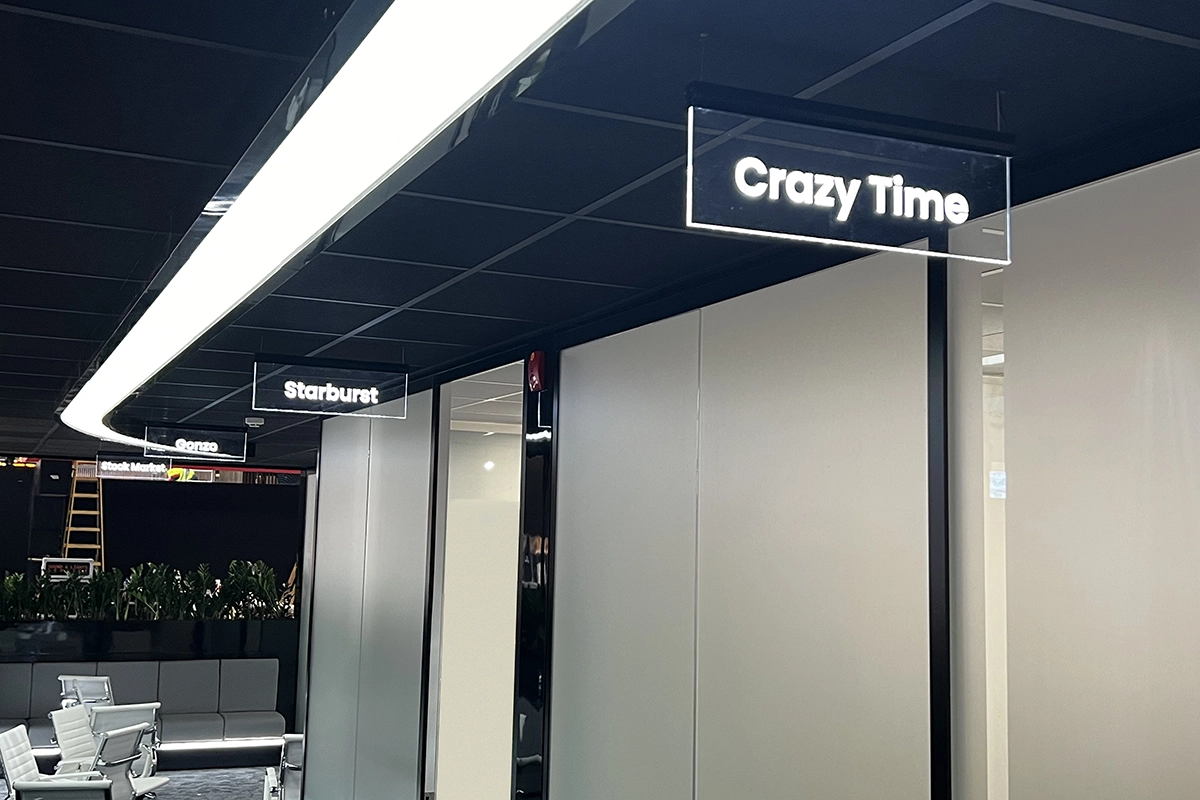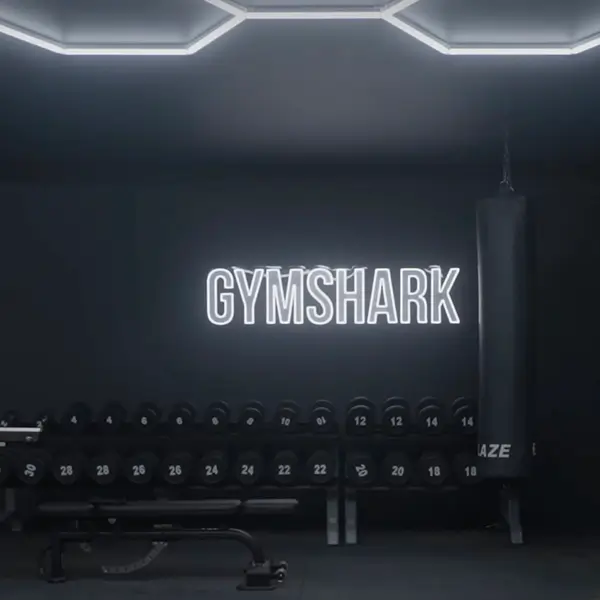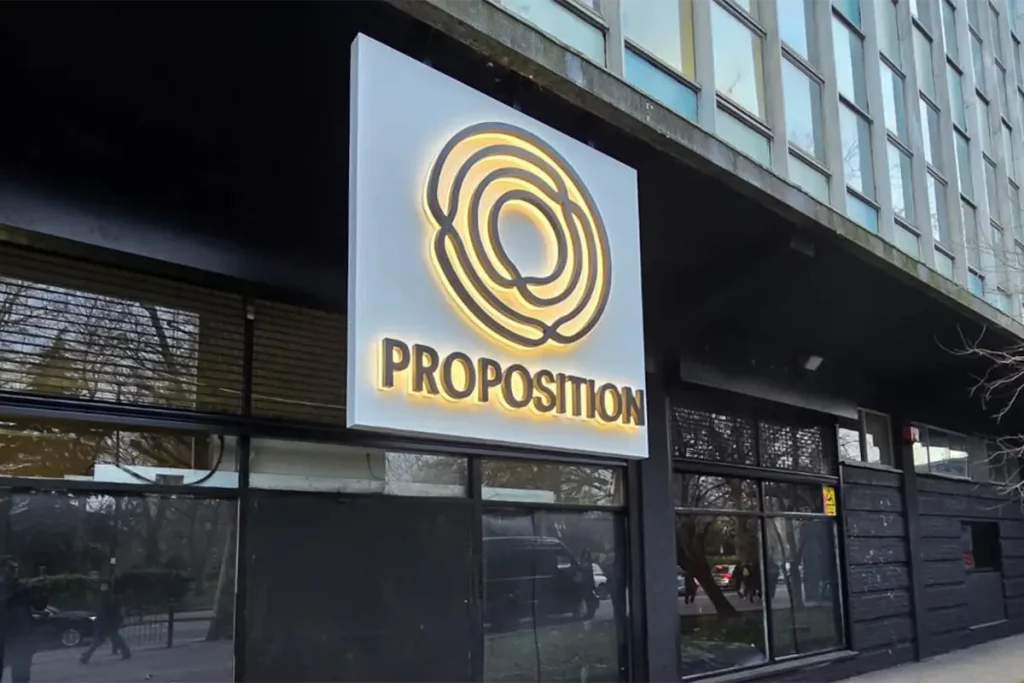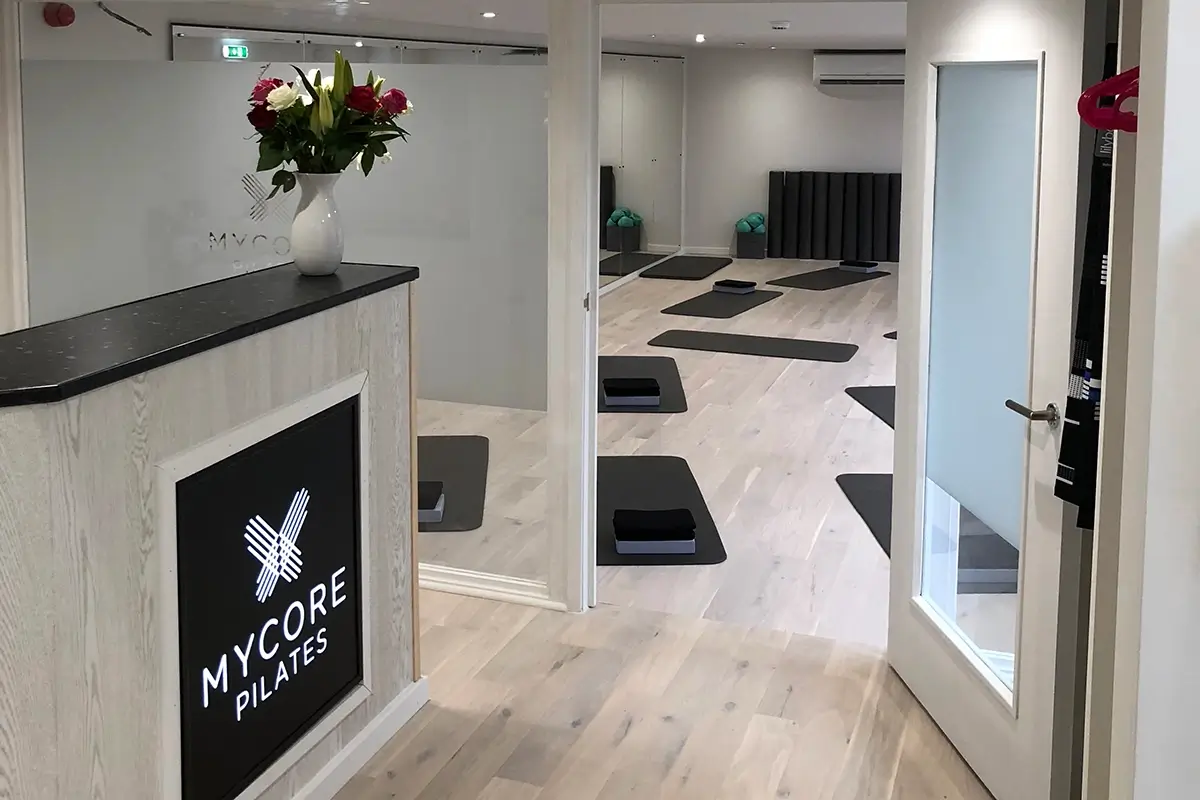
Custom Office Signs: The Ultimate Guide
Custom office signs are more than just decorative elements; they serve a vital role in branding, communication, and efficiency within a workplace. From guiding visitors around your buildings to reinforcing brand identity, the right office signage can significantly impact how a business is perceived. In this comprehensive guide, we will explore everything you need to know about custom office signs, including their types, benefits, materials, and design tips.
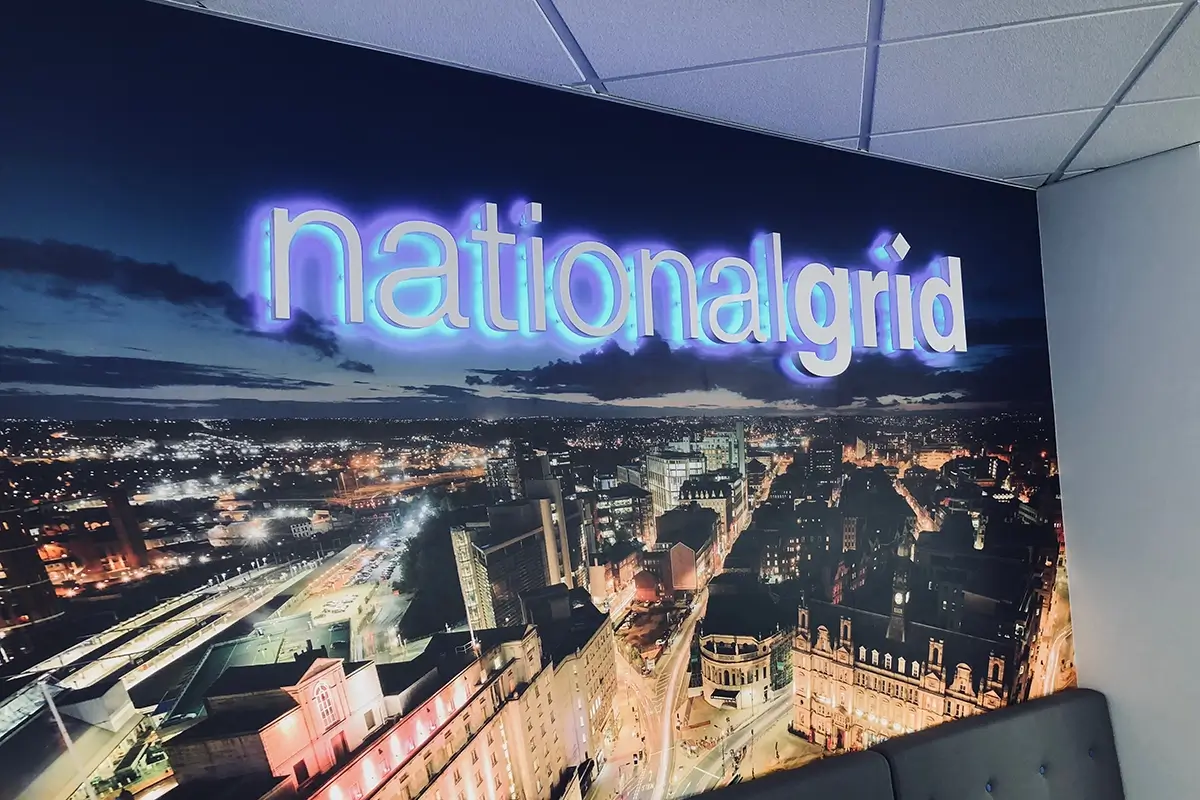
The Importance of Custom Office Signs
Enhances Brand Identity – Custom office signs allow businesses to showcase their logos, colours, and brand messages, reinforcing their identity. A well-designed sign can leave a lasting impression on employees, clients, and visitors.
Improves Navigation and Wayfinding – Large office spaces, multi-floor buildings, and shared workspaces can be confusing to navigate. Directional signs help guide employees and visitors, reducing confusion and saving time.
Boosts Professionalism – Well-crafted signage conveys a sense of professionalism and credibility. It shows that a company is well-organised and values its presentation.
Encourages Workplace Productivity – Office signs can also help in defining spaces, reducing distractions, and reinforcing company policies. Signs like “Quiet Area,” “Conference Room,” and “Employee Break Room” help maintain an organised work atmosphere.
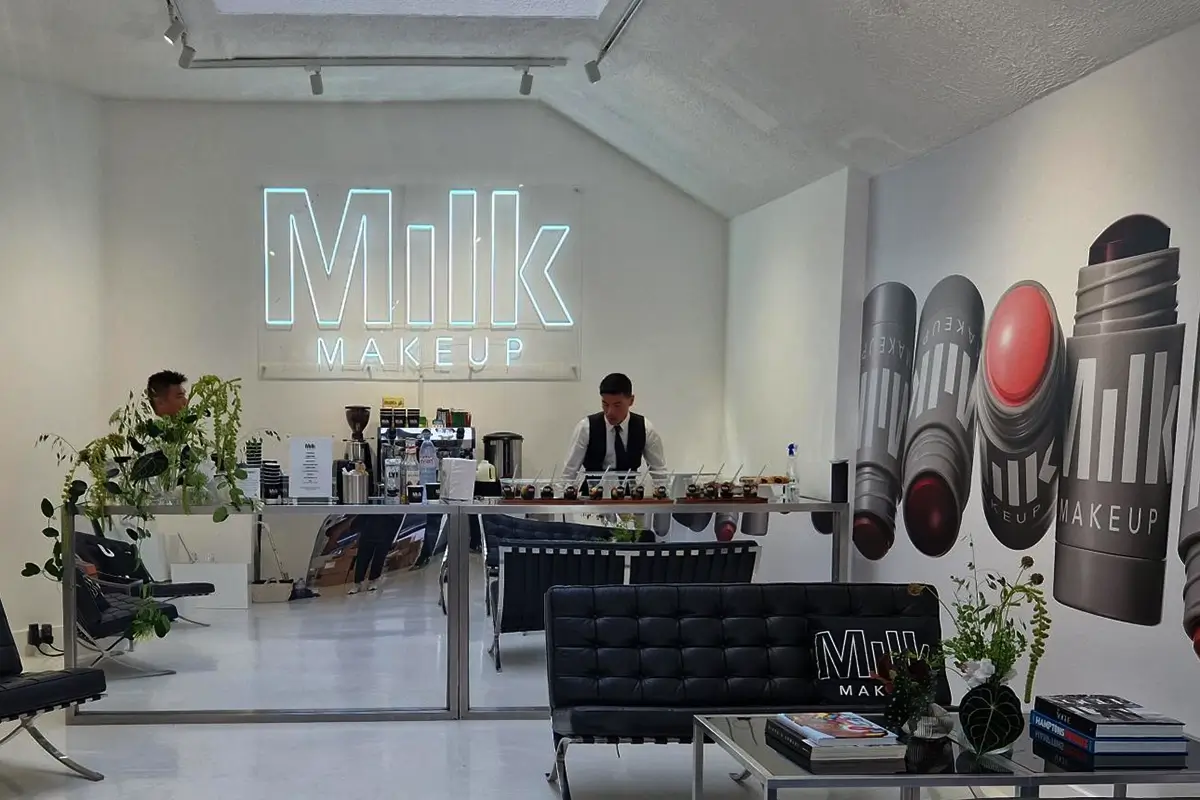
Types of Custom Office Signs
Custom office signs come in a variety of forms, each serving a unique purpose. Below are some of the most commonly used types:
Lobby & Reception Signs
- These are often the first signs visitors see upon entering an office.
- Typically include the company name, logo, and a tagline.
- Made from materials such as acrylic, metal, wood, or glass.
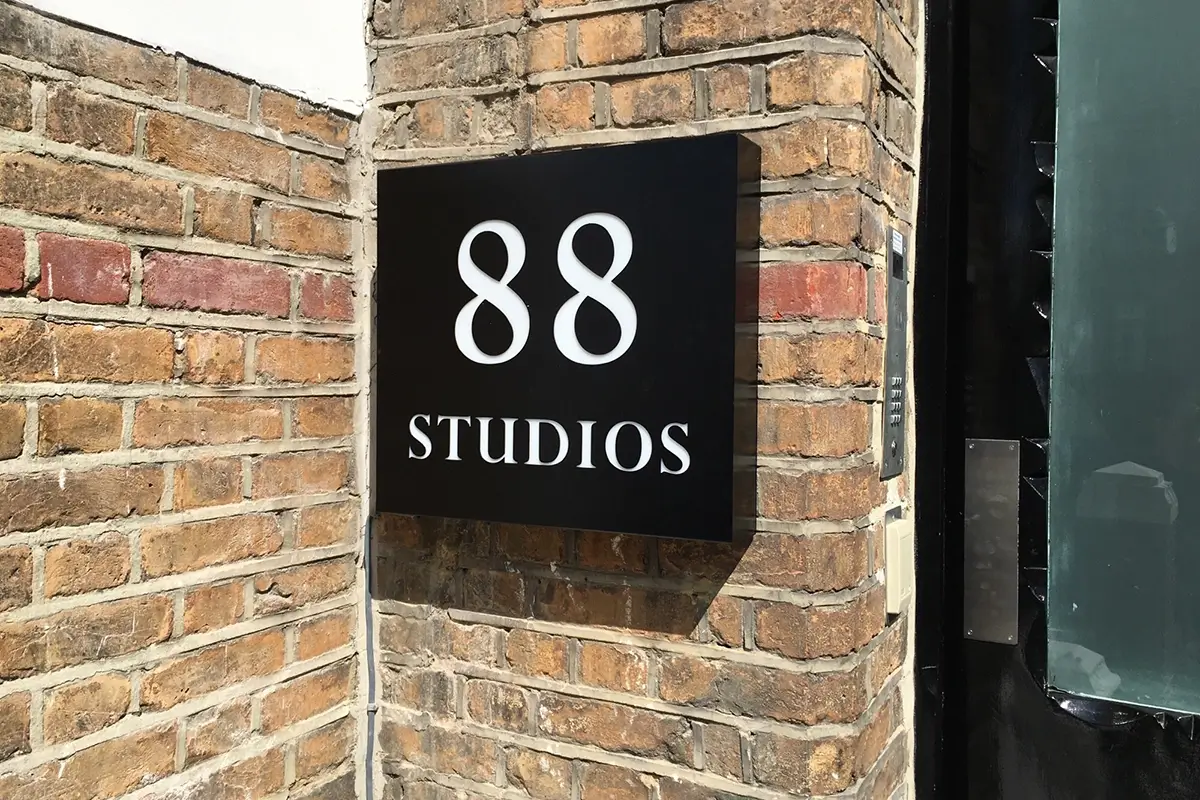
Wayfinding and Directional Signs
- Helps guide people to different areas within the office.
- Includes arrows, room names, and floor directories.
- Often mounted on walls, doors, or hanging from ceilings.
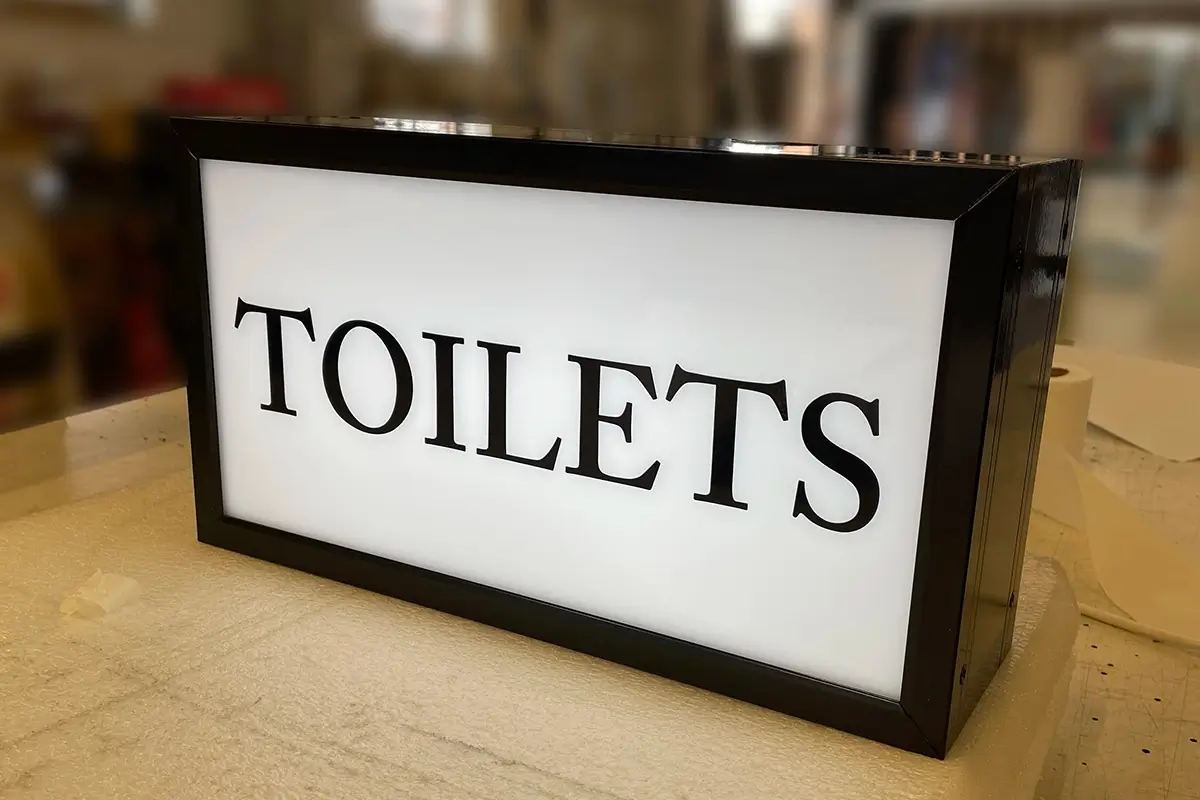
Office Door Signs
- Used for employee names, job titles, and department identification.
- Customisable with interchangeable nameplates for easy updates.
Conference Room Signs
- Indicate room availability with “In Use” or “Vacant” sliders.
- Some include digital displays for meeting schedules.
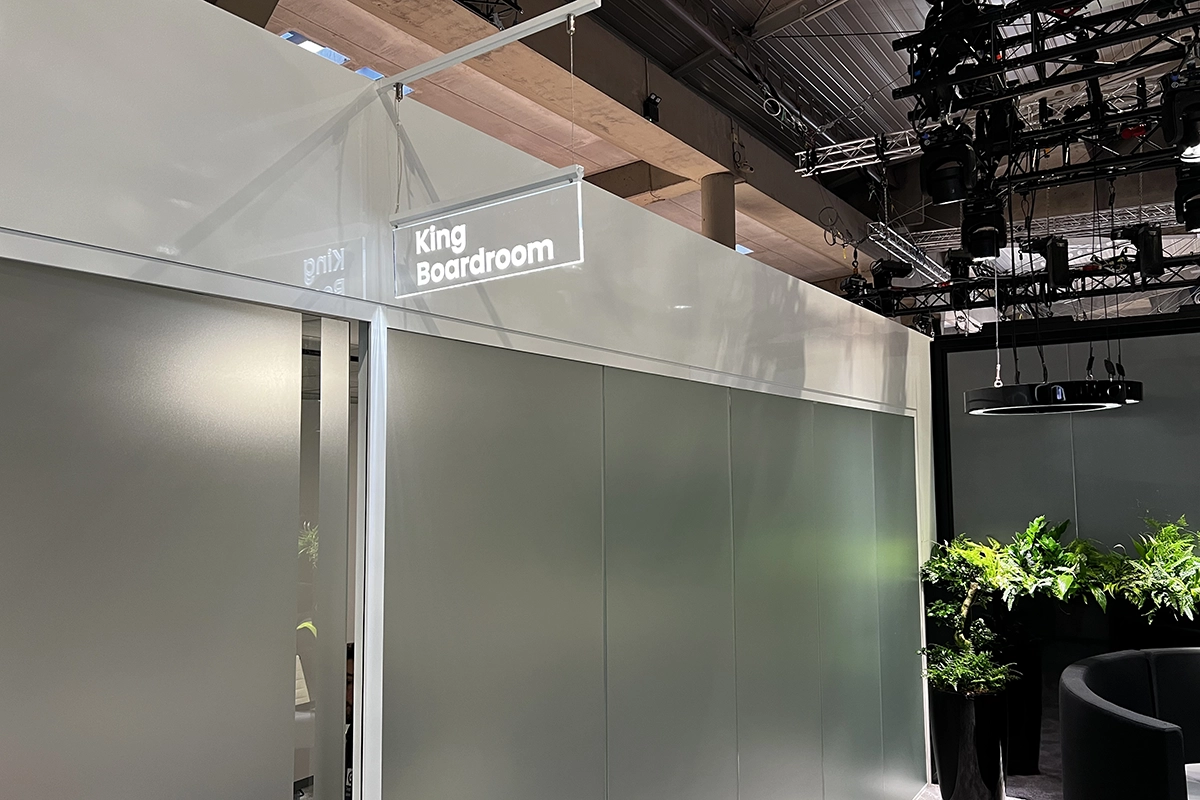
Safety and Compliance Signs
- Includes fire exit signs, emergency evacuation plans, and hazard warnings.
- Typically made with reflective or glow-in-the-dark materials for visibility.
Motivational and Inspirational Signs
- Features quotes, company values, and mission statements.
- Helps boost employee morale and reinforce company culture.
Custom Wall Graphics and Murals
- Large-scale visual elements that add artistic flair to office spaces.
- Can include custom illustrations, abstract designs, or scenic landscapes.
Choosing the Right Material for Office Signs
The choice of material affects the durability, aesthetics, and cost of office signage. Here are some popular options:
Acrylic – Sleek, modern, and available in various colors. Ideal for lobby and reception signs. Can be frosted, clear, or backlit for added effect.
Metal (Aluminium, Stainless Steel, Brass) – Offers a professional and high-end appearance. Great for both indoor and outdoor office signs. Durable and resistant to wear and tear.
Halo Office Signs – High impact and great value.
Wood – Provides a warm, natural aesthetic. Often used for rustic or eco-friendly themed offices. Can be laser-etched or painted for a custom look.
Edgelit Office Signs – Great value and high impact. An excellent way of bringing complex designs to life as office signs.
Glass – Elegant and sophisticated, often used for high-end office interiors. Can be etched, sandblasted, or printed on for customisation.
Neon Office Signs – Retro. Great value. Stunning.
Vinyl – Affordable and versatile. Ideal for temporary signs or wall decals. Comes in various colors and finishes.
LED and Digital Displays – Offers dynamic and changeable content. Ideal for conference rooms, directories, and reception areas. Can be programmed to display various messages and schedules.
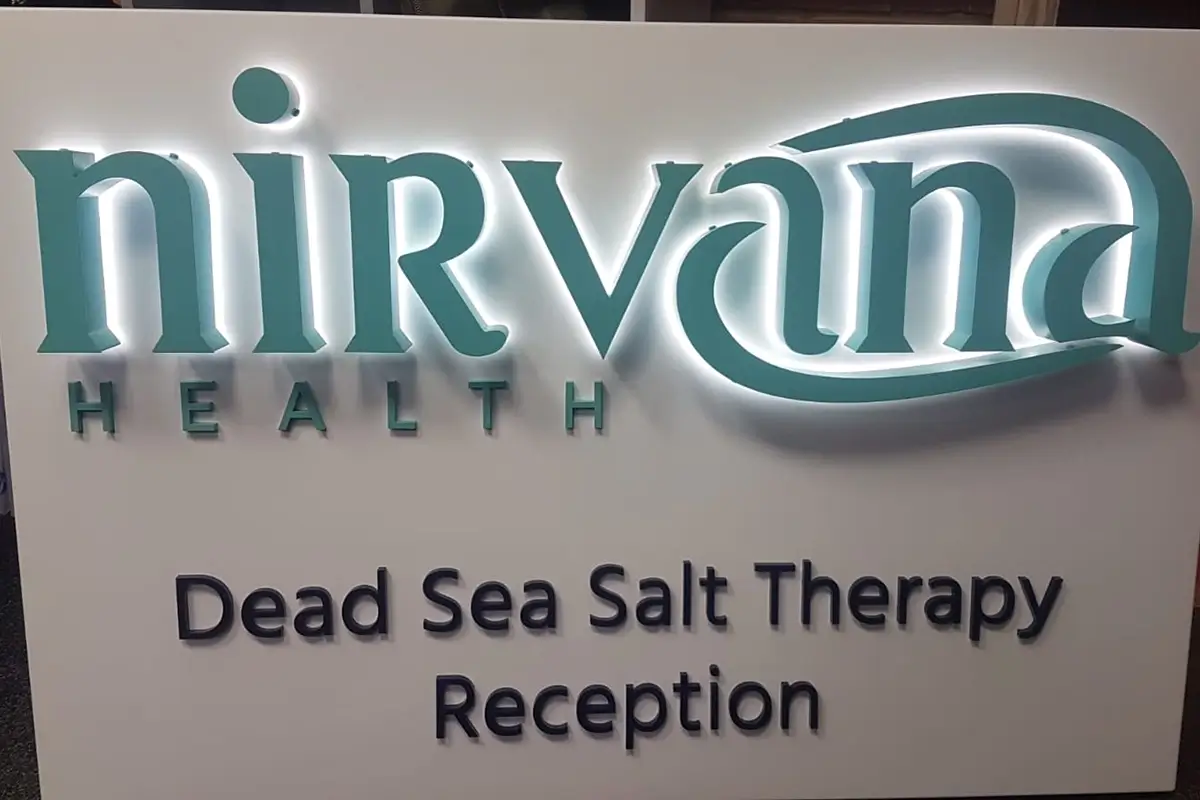
Design Tips for Custom Office Signs
Keep It Simple and Legible – Avoid clutter; use clear fonts and minimal text. Choose high-contrast color combinations for readability.
Use Brand Colors and Fonts – Maintain consistency with your company’s branding elements. Ensures a professional and cohesive look.
Choose the Right Size and Placement – Signs should be large enough to be seen from an appropriate distance. Install at eye level or in highly visible areas for maximum impact.
Consider Lighting Effects – Backlit signs or LED elements can enhance visibility and aesthetics. Creates a sophisticated look, especially for reception areas.
Incorporate Custom Graphics or Logos – Helps reinforce brand identity. Adds a unique and personalised touch.
How much do office signs cost?
The price of office signage varies depending on factors like material, size, and complexity. Below is a general cost breakdown:
- Basic door nameplates: £20 – £100 per sign
- Acrylic or metal office signs: £100 – £1,000 depending on size and customisation
- Lobby & reception signs (large and backlit): £1,000 – £5,000 +
- Wall murals and graphics: £200 – £3,000 based on size and design complexity
- Custom neon branding signs: £1,000 – £3,000
Custom office signs play a crucial role in branding, navigation, and workplace efficiency. By choosing the right type, material, and design, businesses can enhance their workspace aesthetics, improve functionality, and make a lasting impression on visitors and employees alike. Whether you’re redesigning an office or starting fresh, investing in high-quality, custom signage is a decision that yields long-term benefits.
By carefully considering your office’s needs and working with a professional signage provider, you can create a workspace that is not only visually appealing but also functional and compliant with industry standards.
